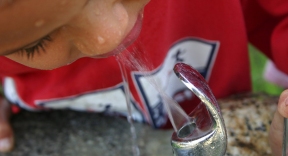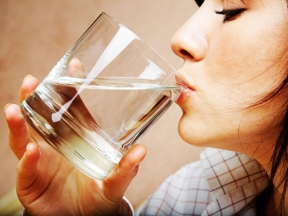
Drinking water supplies for more than six million Americans contain unsafe levels of industrial chemicals that have been linked to cancer and other serious health problems, a U.S. study suggests. The chemicals – known as PFASs (for polyfluoroalkyl and perfluoroalkyl substances) – are used in products ranging from food wrappers to clothing to nonstick cookware to fire-fighting foams. They have been linked with an increased risk of kidney and testicular cancers, hormone disruption, high cholesterol, and obesity. The problem may be much more widespread than the current study findings suggest because researchers lacked data on drinking water from smaller public water systems and private wells that serve about one-third of the U.S. population – about 100 million people.

To assess how many people may be exposed to PFASs in drinking water supplies, researchers looked at concentrations of six types of these chemicals in more than 36,000 water samples collected nationwide by the U.S. Environmental Protection Agency (EPA) from 2013-2015. They also looked at industrial sites that manufacture or use PFASs, military training sites and civilian airports where fire-fighting foam containing PFASs is used; and at wastewater treatment plants. The study found that PFASs were detectable at the minimum reporting levels required by the EPA in 194 out of 4,864 water supplies in 33 states across the U.S. Drinking water from 13 states accounted for 75 percent of the unsafe supply, led by California, New Jersey, North Carolina, Alabama, Florida, Pennsylvania, Ohio, New York, Georgia, Minnesota, Arizona, Massachusetts, and Illinois.








